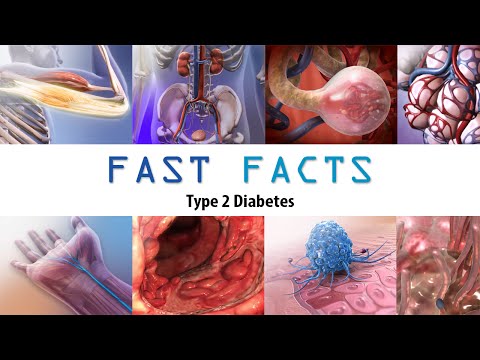Breast augmentation is a common procedure undertaken to enhance the size or shape of breasts. If you fall into one of the following categories, breast augmentation may be a good option for you:

The Cons of Surgical Breast Augmentation
One or both of your breasts developed abnormally.
Your breasts vary in size and/or shape.
Your breasts have lost shape volume as a result of pregnancy, aging or weight loss.
You believe your choices of clothing are limited because of small breasts.
You believe your breasts are too small.
You believe your breasts are underdeveloped.
You believe your overall figure is disproportionate; your body size and breasts size don’t match.
If one or more of the above applies to you, breast augmentation may be a necessary next step. However, before seriously considering breast augmentation there are several risks you should weigh.
Implant Displacement
After undergoing breast augmentation surgery, implants can realign at anytime, sometimes moving upwards or downwards or shifting to the left or right. Though uncommon, if the breast should realign drastically additional surgery may be needed to put them back into place.
Saline Implant Deflation
Saline implants can sometimes leak and deflate causing the augmented breast to shrink to the size it was before surgery. Deflation most often occurs when an implant has not been overfilled. While the likelihood of deflation is low, should it occur you will have to undergo an additional breast augmentation surgery to replace it?
Mammography Interference
While having breast implants does not prohibit your ability to detect lumps during a breast self-exam, it does interfere with the mammogram’s ability to view breast tissue. However, making certain your breast implant is inserted under the muscle will increase the mammogram’s ability to see the breast tissue.
Wrinkling
Wrinkling also known as rippling occurs when saline shifts around the inside of your implants. Occurring in either the upper, lower or both upper and lower portions of the breasts; rippling of the upper part of the breast is more noticeable as it can be seen when wearing low cut tops. Implants that are over-filled are less likely to show wrinkling.
Infection
Occurring in 1% of all implant surgeries, infection will most often take place within two months after having the augmentation surgery. To treat the infection, antibiotics will have to be taken and the breast implant removed. Six months after the implants removed, it can be replaced with a new implant.
Numbness of Nipple
The risk of numb nipples as a result of breast augmentation surgery is nearly 15%. Unfortunately, no surgeon can guarantee you will have sensation in your nipples.
Breast Feeding
While the good news is that you can breast feed even though you have implants; the bad news is that during the process your breasts may shrink and become tighter or looser. If they should become looser this will lead to your breasts drooping as well.
Recovery Time
The recovery time for breast augmentation surgery is typically 1 to 2 weeks. During this time you won’t be able to partake in any normal activities like bending over and stretching. You should also avoid sleeping on your stomach and any strenuous activities. After the two-week period is up, you should still be very cautious; wearing specially developed padded bras and taking painkillers to decrease pain caused by the breast augmentation surgery.
Health Insurance
Because of some of the risks associated with breast implants, more health insurance agencies are denying coverage to women who have undergone breast augmentation surgery.
Maintenance Surgery
Because implants don’t come with a lifetime guarantee, and additional breast augmentation surgery may be necessary to maintain them.









Pingback: 7 Things To Look For When Choosing A Plastic Surgeon - Billboard Health